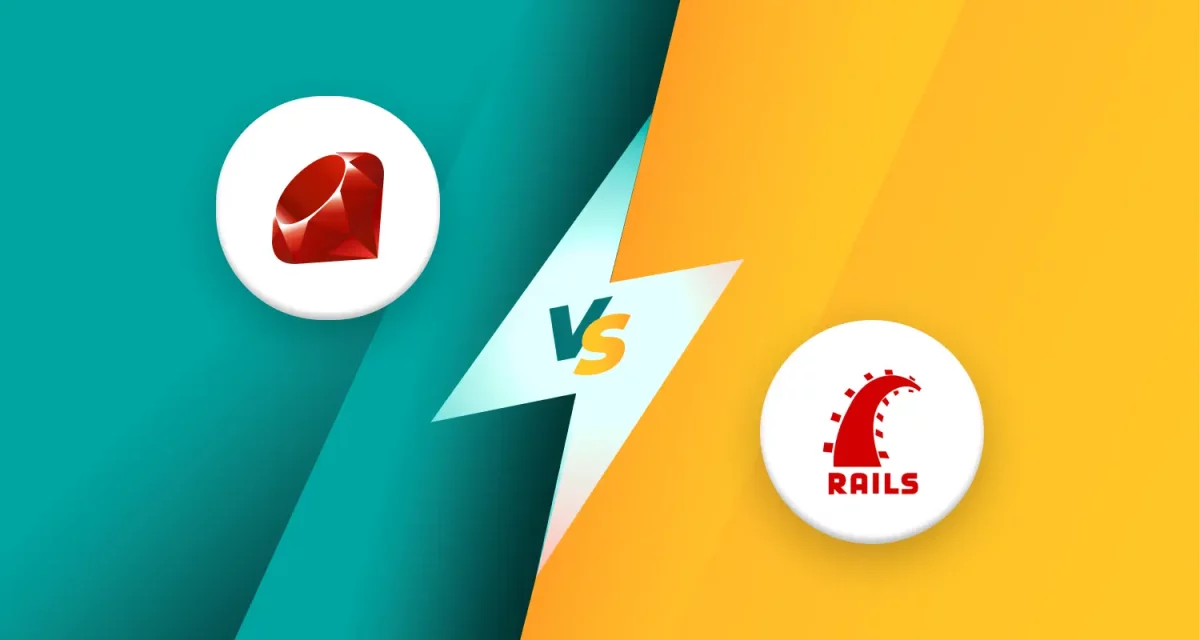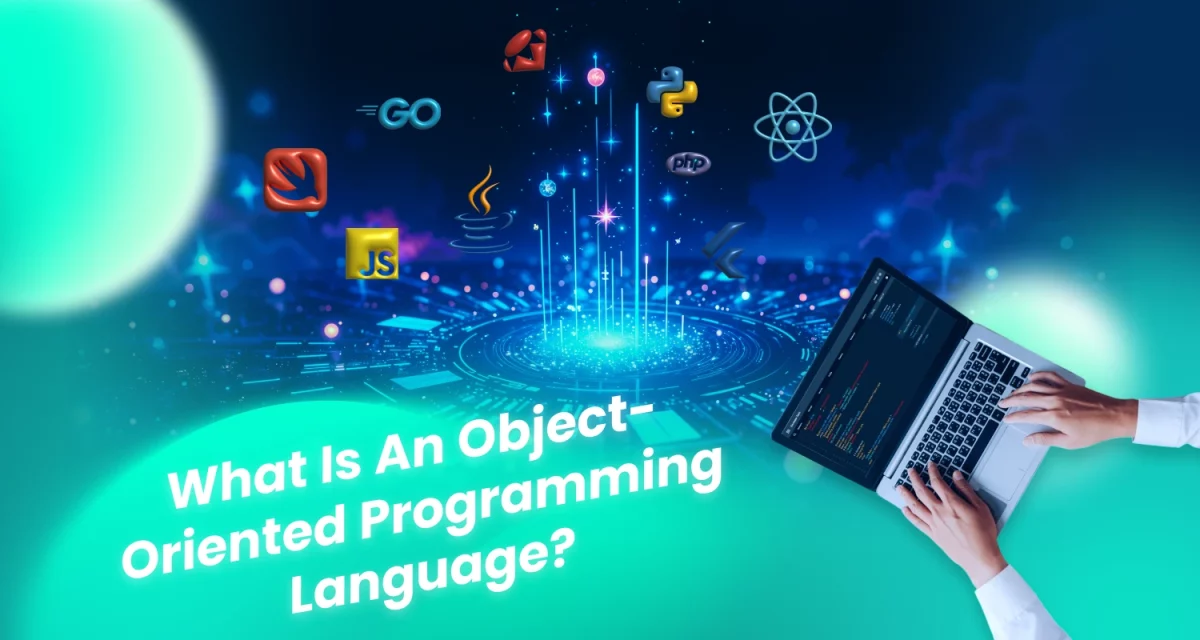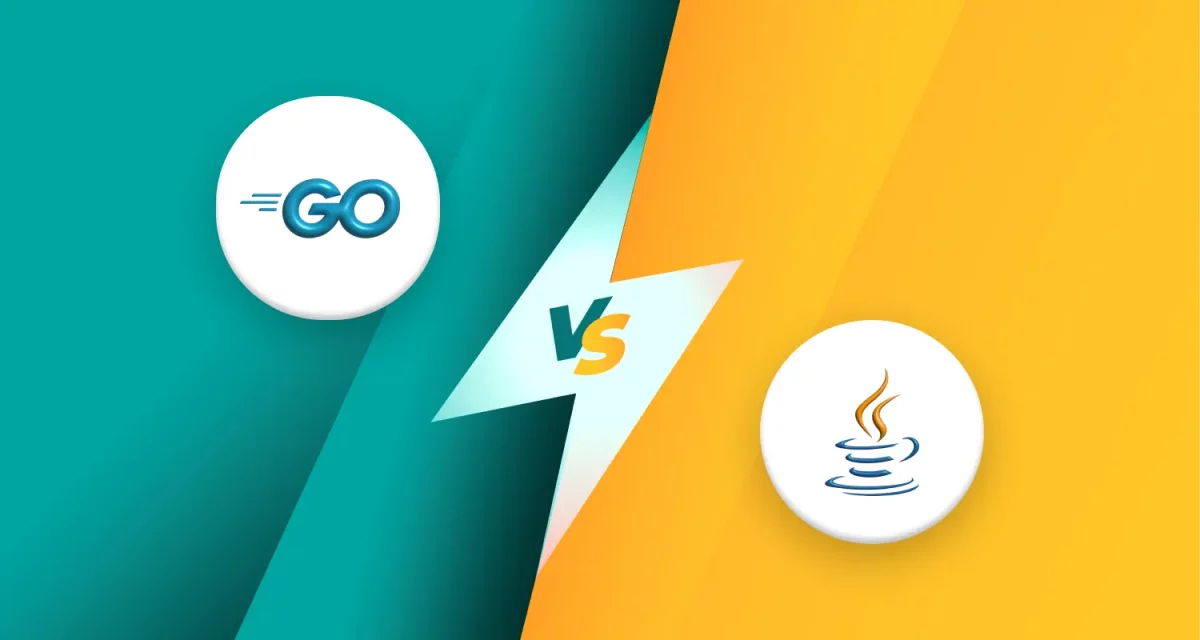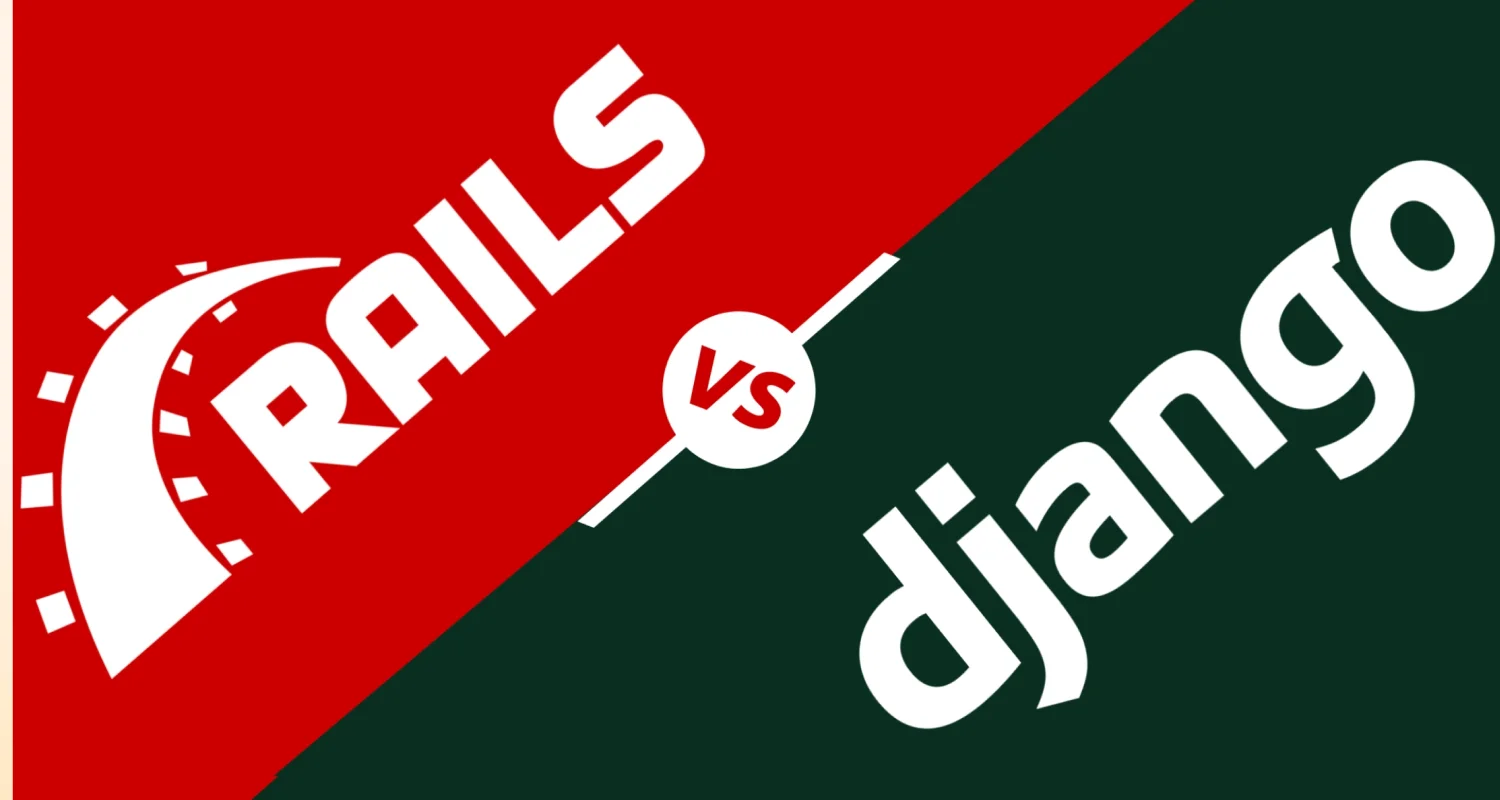
Choosing the right web framework is a critical decision in backend development. It shapes not only how fast you can build and scale but also the long-term maintainability of your application. With many web development frameworks available today, developers often find themselves comparing options to determine which best fits their needs.
Two names that consistently come up are Ruby on Rails and Django framework. Both are considered among the best web framework choices for modern development. They power some of the world’s most successful applications and have strong communities behind them. But when it comes to making a decision, understanding their differences is key.
1. What is Ruby on Rails?
Ruby on Rails (often called RoR) is a powerful web application framework built using the Ruby programming language. Created by David Heinemeier Hansson in the early 2000s, Rails revolutionized how developers approached web applications. Its introduction of the MVC pattern and focus on convention drastically reduced the time and effort needed for coding.
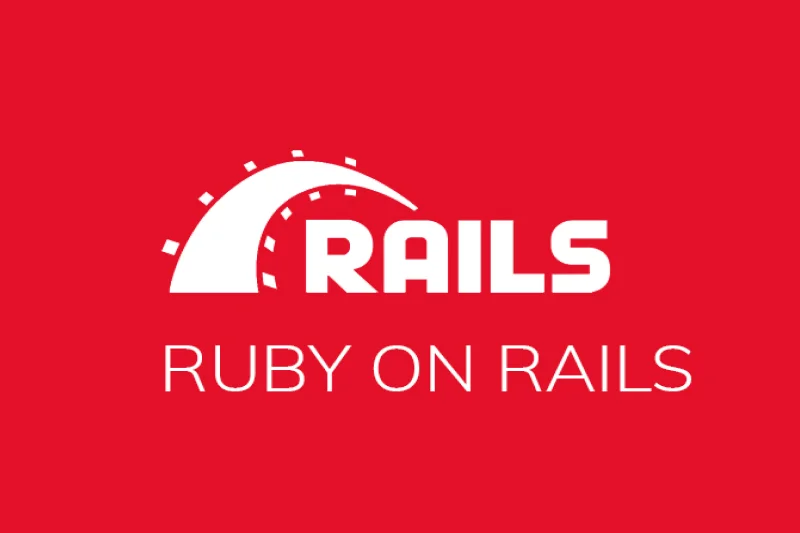
At the heart of Ruby on Rails are several important principles:
- Convention over Configuration: Rails comes with sensible defaults, meaning developers spend less time setting up and more time building.
- DRY (Don’t Repeat Yourself): Encourages clean, maintainable code by reducing repetition.
- Agile development focus: Rails naturally supports fast, iterative development, ideal for startups and evolving projects.
Key features that make Ruby on Rails stand out include:
- Rapid development capabilities, helping teams launch applications faster.
- A strong community and an extensive library of gems (plugins and add-ons) that expand functionality.
- An opinionated framework promoting industry best practices.
- The Active Record ORM, which simplifies database interactions.
- Clear structure following the MVC architecture (Model-View-Controller) for clean separation of concerns.
Thanks to these strengths, Ruby on Rails has been used to build popular platforms like Shopify, GitHub, and more, solidifying its place among top backend development tools.
Read more >>>> Ruby on Rails vs JavaScript: 7 Key Difference
2. What is Django?
Django framework is a high-level web framework built using Python. It was created in 2003 by Adrian Holovaty and Simon Willison at a newspaper company, where there was a constant need for quick, efficient web development. Released publicly in 2005, Django quickly gained popularity for its speed, scalability, and clean design.

One of Django’s biggest strengths is its strong foundation in Python, a language known for its simplicity and readability. This makes Django highly approachable for developers and a reliable choice for projects that need to scale, including major platforms like Instagram and Pinterest.
The core principles behind Django framework include:
- Batteries-included: Django comes packed with features, from authentication to admin panels, meaning you don’t have to build everything from scratch.
- Explicit is better than implicit: Clear code is favored over hidden magic, making Django applications easier to understand and maintain.
- Emphasis on practicality: Django is designed to solve real-world problems quickly and efficiently.
Some key features that set Django apart:
- A comprehensive set of built-in tools and libraries to speed up development.
- Integration with Django REST Framework, making it easy to build powerful APIs for modern applications.
- A robust ORM framework for interacting with databases without writing SQL manually.
- Adherence to the MVT architecture (Model-View-Template), which organizes code cleanly for better maintainability.
- Strong security features by default, helping protect against common threats like SQL injection and cross-site scripting.
Thanks to its design and powerful features, Django is one of the top choices among web development frameworks for projects that demand reliability, scalability, and security in backend development.
Read more >>> What Is the Difference Between Flask and Django?
3. Comparing Ruby on Rails and Django
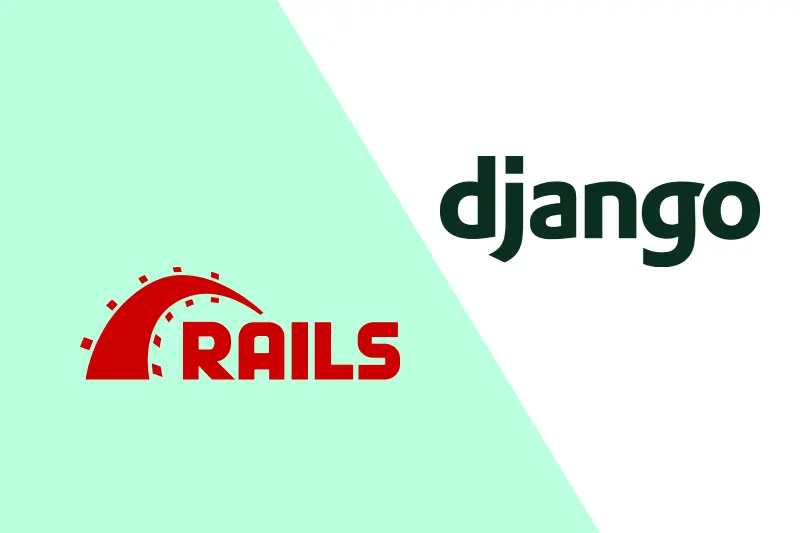
When looking at Ruby on Rails vs Django, it’s important to dive into the core areas that matter most for developers and businesses. Let’s explore how they compare in different aspects.
3.1. Language and syntax
One of the first differences between Ruby on Rails and Django framework lies in their languages. Ruby is known for its expressive, elegant, and concise syntax. It feels natural to write and often reads like English. This appeals to developers who value creativity and flexibility.
On the other hand, Python is famous for its simplicity and readability. It follows a philosophy where there should be one—and only one—obvious way to do something. This makes Django’s code straightforward and easy to maintain, especially for larger teams.
When choosing between the two, developer preference plays a big role. Some teams may prefer Ruby’s flexibility, while others lean towards Python’s clarity. Familiarity with the language can greatly impact project speed and collaboration.
3.2. Architecture
Both frameworks follow similar but slightly different architectures. Ruby on Rails uses the MVC architecture (Model-View-Controller), while Django framework follows the MVT architecture (Model-View-Template).
In practice, both structures help separate concerns within a project. MVC and MVT are very similar, but Django’s Template layer directly handles the user interface, while Rails treats it separately as the View.
Understanding these small nuances helps developers set up their project structure more efficiently and influences how the development workflow is organized.
Read more >>> Top 100 Software Development Frameworks in 2025
3.3. Performance
When it comes to Ruby on Rails vs Django performance comparison, real-world results can vary depending on the project. In general, Django tends to be slightly faster because Python is optimized for performance in many cases.
However, Ruby on Rails can be incredibly fast for rapid prototyping, thanks to its rich collection of gems and smart defaults. Benchmark tests often show marginal differences unless the application is extremely large-scale.
Factors like code optimization, server setup, and the use of caching tools influence the actual performance more than the framework itself. Both frameworks have proven they can handle millions of users when properly managed.
3.4. Learning curve
If you’re wondering which is easier for beginners, the learning curve is another important factor. Ruby on Rails emphasizes Convention over Configuration, which helps new developers build apps quickly without worrying about many setup details.
Meanwhile, Django’s reliance on Python’s clear syntax and Explicit is better than implicit philosophy makes it beginner-friendly too. Developers coming from other ORM frameworks or familiar with backend development often find Django easier to pick up.
Both frameworks also offer excellent documentation, tutorials, and strong community support, making learning accessible.
3.5. Community and ecosystem
Both Ruby on Rails and Django framework have large, vibrant communities. However, the size and activity differ slightly.
Ruby on Rails has a long-established community, known for its open-source contributions and extensive collection of gems. Sites like GitHub showcase thousands of projects powered by Rails.
Django framework benefits from Python’s widespread popularity, resulting in an even broader ecosystem. Developers can leverage tools like Django REST Framework for APIs or easily integrate with other Python libraries for machine learning, data analysis, and more.
Both ecosystems offer rich third-party libraries—whether they’re called gems (Rails) or packages (Django)—that can support almost any development need. Whether you’re building an e-commerce platform like Shopify (Rails) or a social media app like Instagram (Django), you’ll find strong community and ecosystem support to help you succeed.
Read more >>> Python vs Java: Key Differences, Use Cases, and Which to Choose
4. Conclusion
Choosing between ruby on rails vs django depends on your project’s goals and your team’s expertise. Ruby on Rails is ideal for rapid development, thanks to its MVC architecture, strong conventions, and vast library of gems. It’s a proven choice for startups and platforms like Shopify.
Meanwhile, Django framework offers a scalable, secure solution built on Python, making it perfect for large applications like Instagram. Its MVT architecture and batteries-included philosophy help streamline complex projects.
Both web development frameworks are powerful. The right pick comes down to whether you need fast prototyping (Rails) or high scalability (Django).


